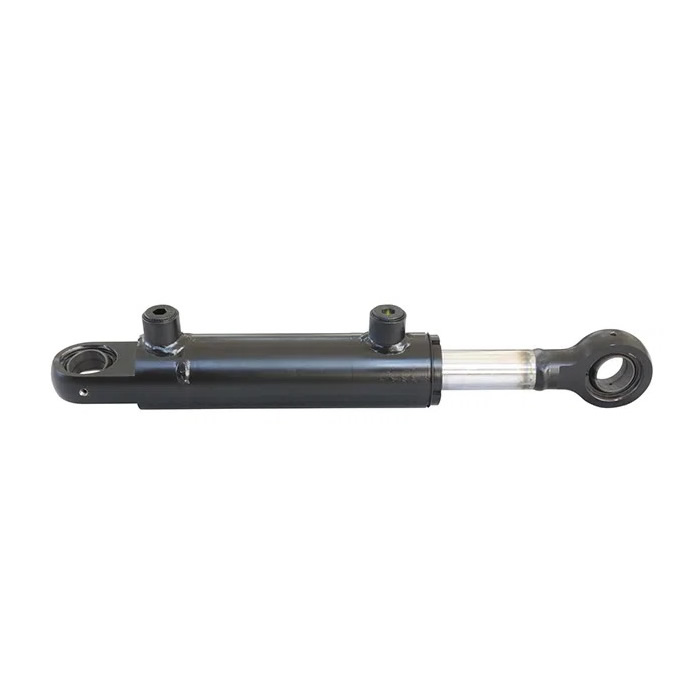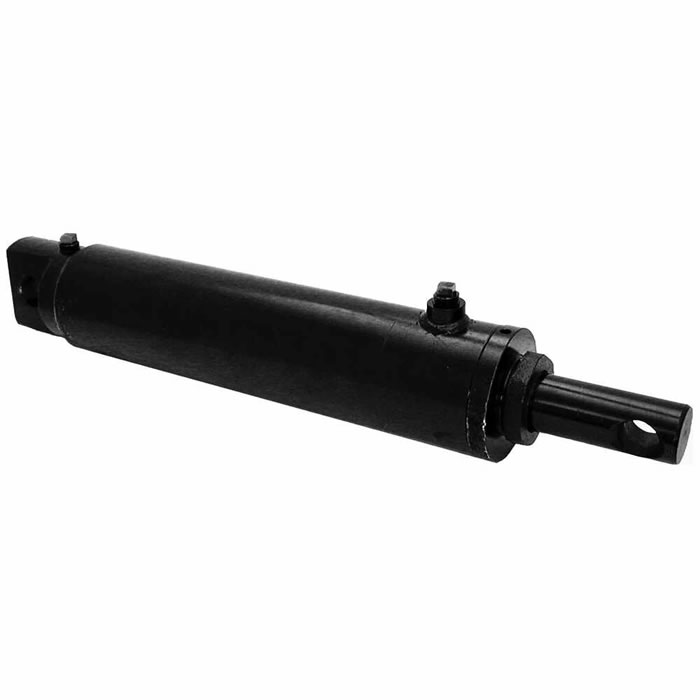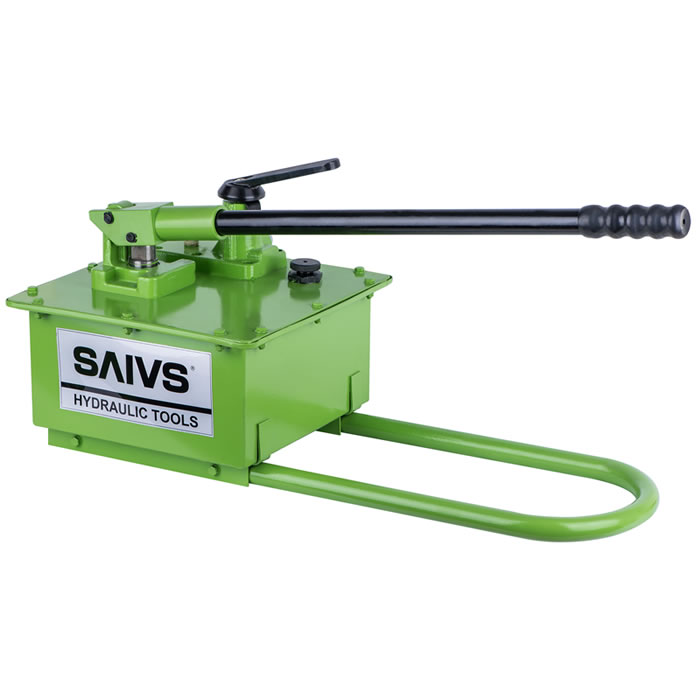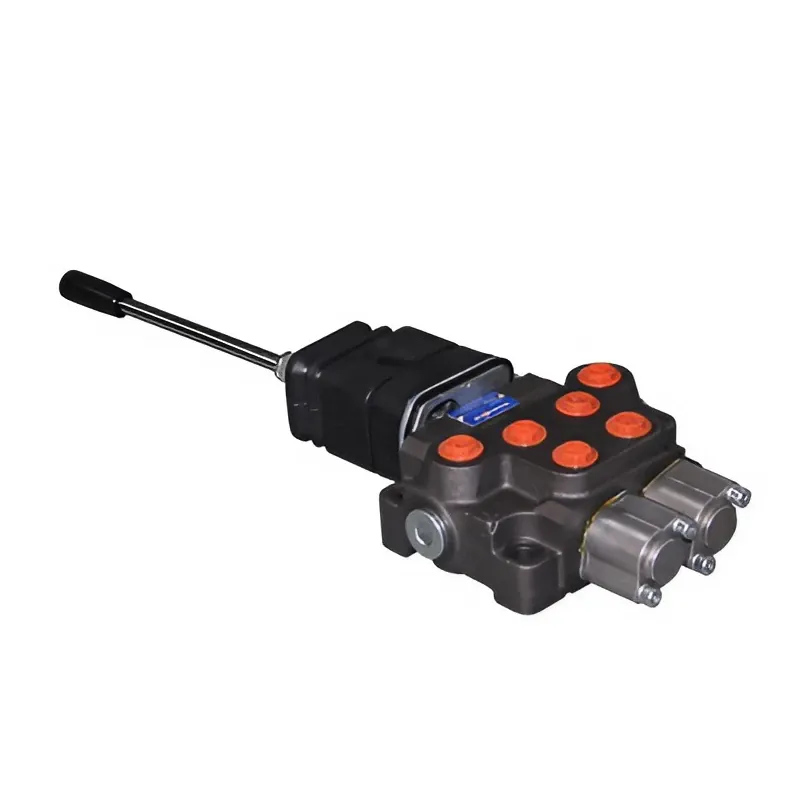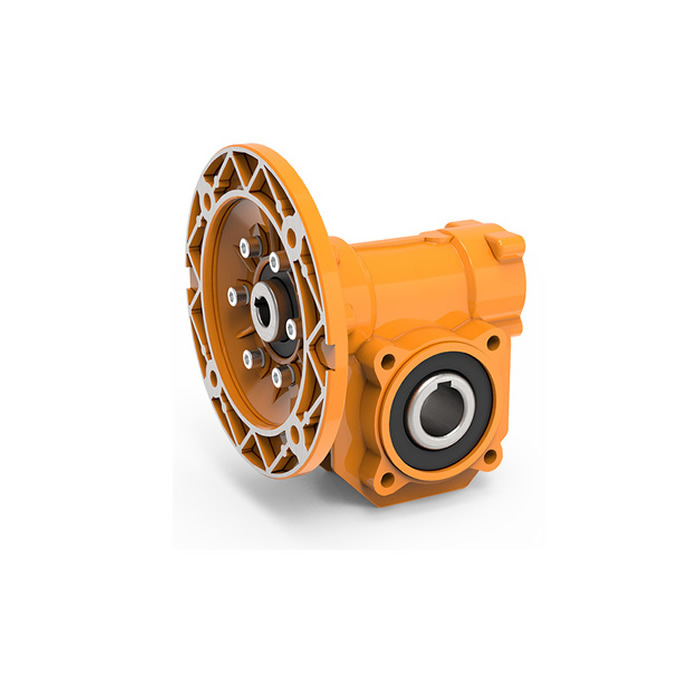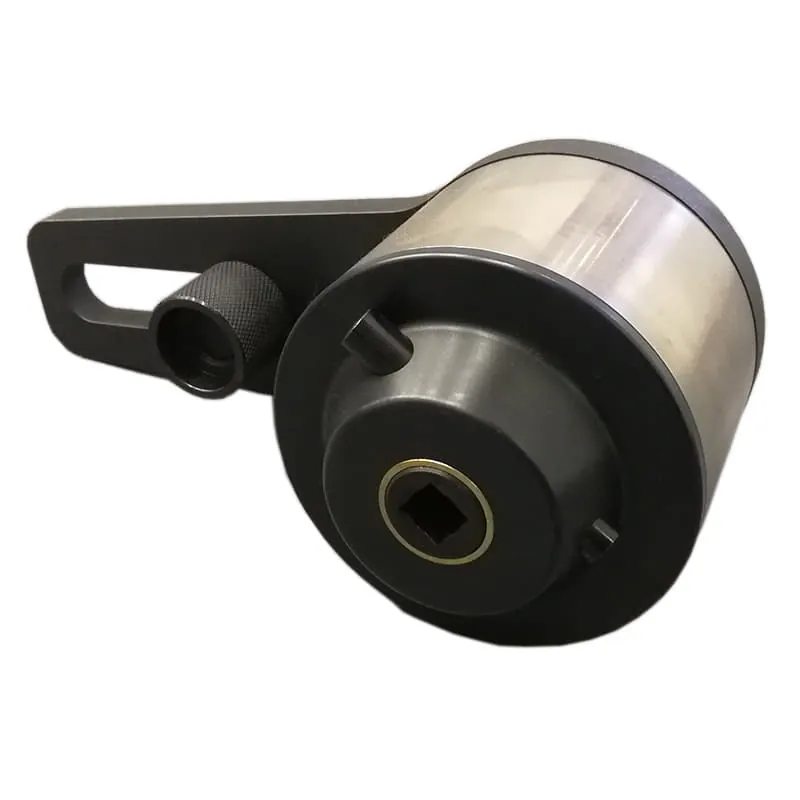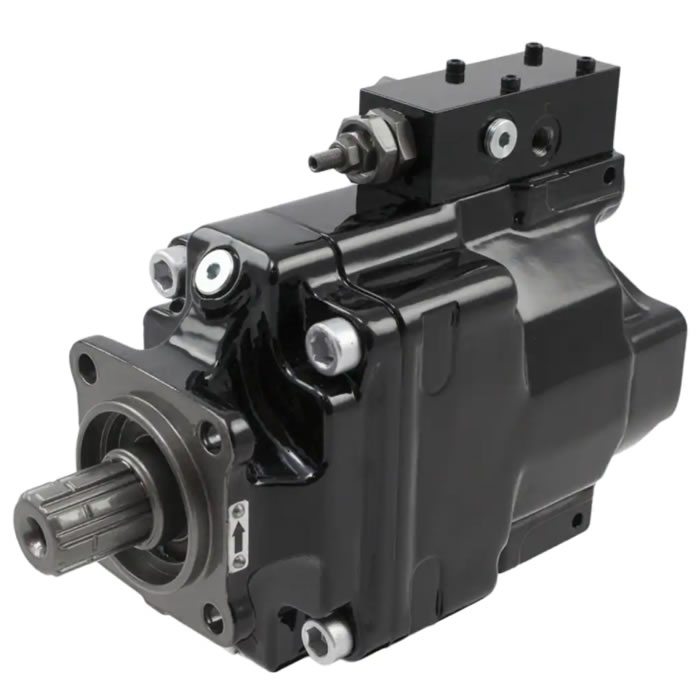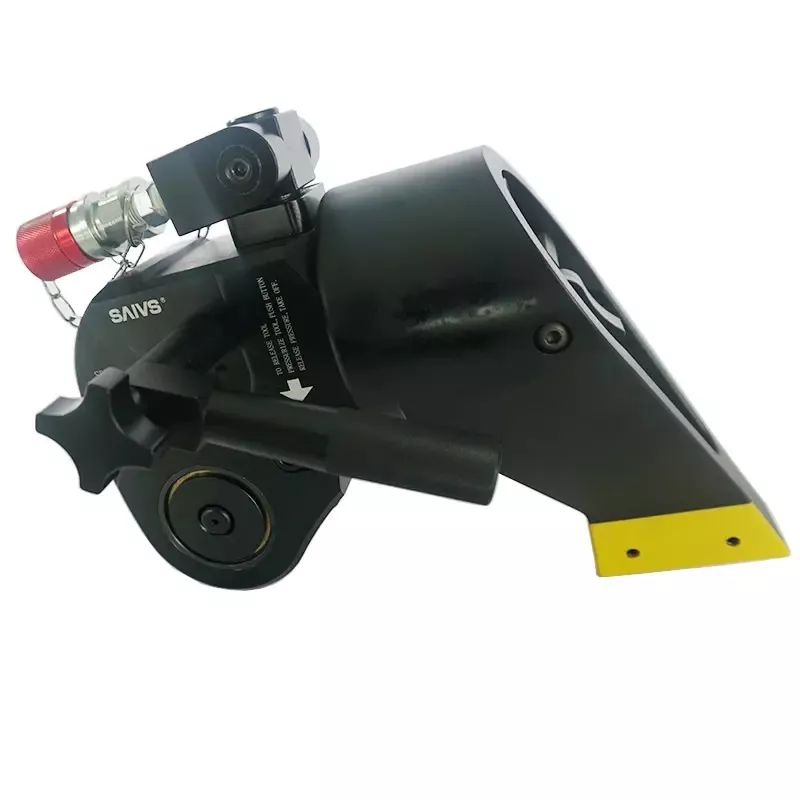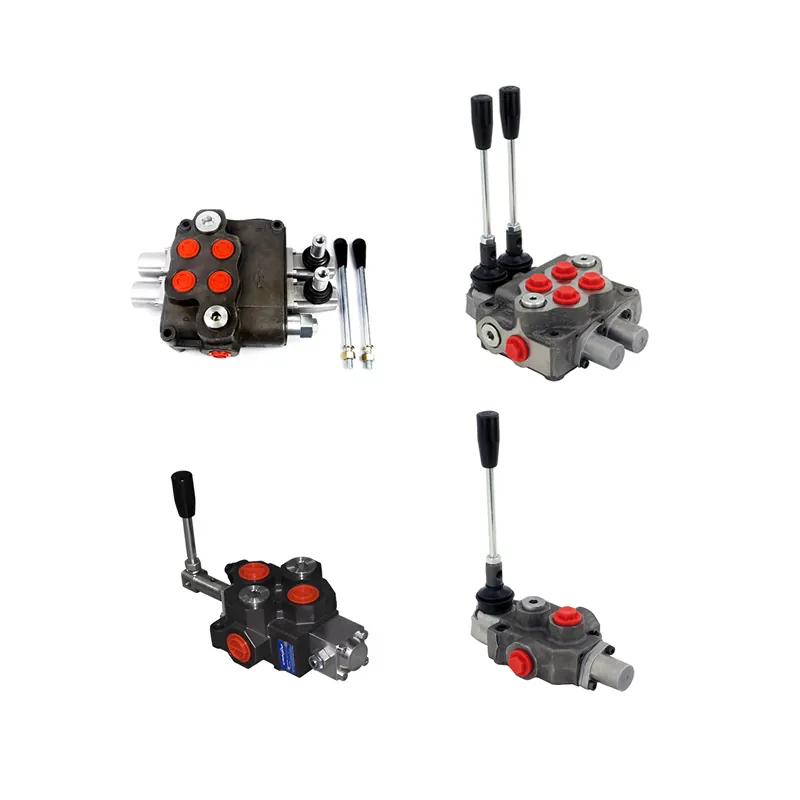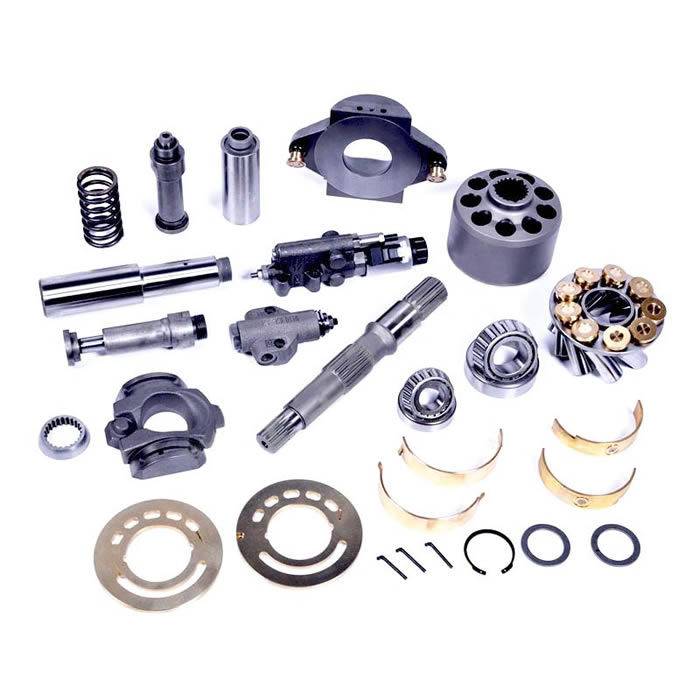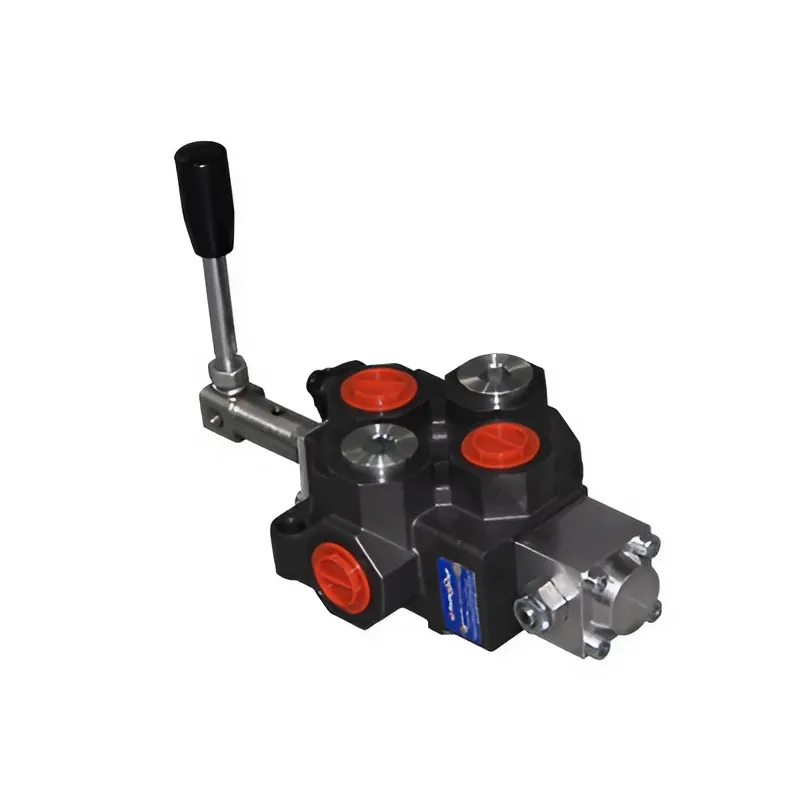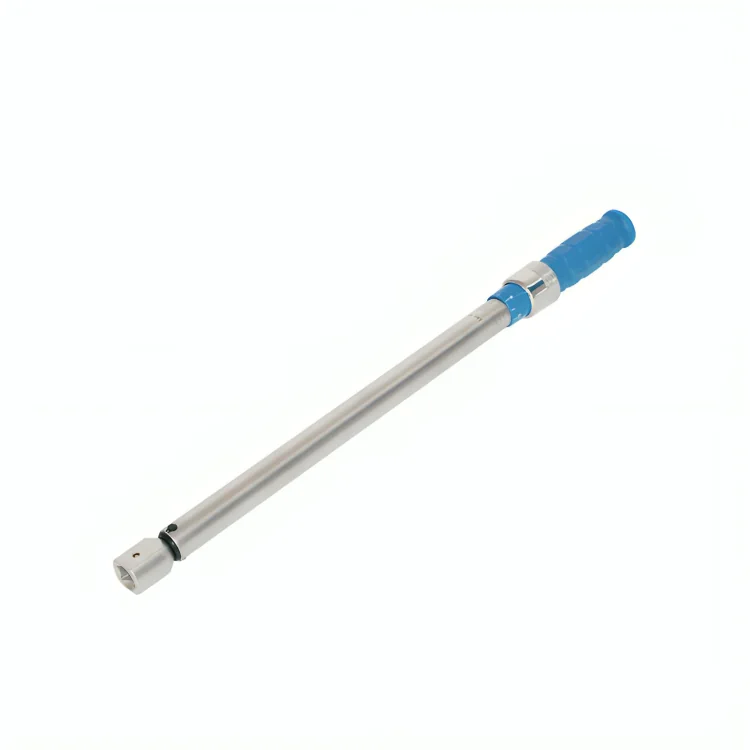Understanding Hydraulic Cylinders and Their Applications
Hydraulic Cylinders serve as a critical part of many heavy-duty machines and equipment. They are a type of actuator that converts hydraulic pressure into linear force and motion. These cylinders can be found in many industrial applications, such as construction equipment, mining machinery, and even aerospace systems. In this article, we will explore the different types of Hydraulic Cylinders and their various uses.
Hydraulic cylinders come in various shapes, sizes, and types, each suited to different applications. The most common types are single-acting, double-acting, telescopic, tie-rod, and welded hydraulic cylinders. Let's take a closer look at each of these types.
Single-acting cylinders utilize hydraulic pressure to extend the piston but use an external force, such as gravity or a spring, to retract the piston. They are commonly used in applications that require pushing, pulling, or lifting with a single motion. For example, a log splitter may use a single-acting cylinder to split logs.
Double-acting cylinders can push or pull with equal force and are designed to work in both directions. They are the most commonly used type and can be found in a wide variety of industrial equipment, such as dump trucks, excavators, and cranes.
Telescopic cylinders consist of several nested cylinders that allow for a longer stroke while maintaining a shorter collapsed length. They are used in applications that require a long stroke in a small space, such as dump trucks or tilt trailers.
Tie-rod cylinders use tie-rods to secure the end caps to the barrel and are designed for lower pressure applications. They are commonly used in light-duty equipment, such as packaging machines or small hydraulic presses.
Welded cylinders are designed for high-pressure applications and are often found in heavy-duty oil and gas equipment. They are built to withstand harsh environments, such as offshore drilling rigs or hydraulic fracturing equipment.
Hydraulic cylinders can also be categorized by their mode of operation, such as hydraulic ram or piston. A hydraulic ram is a type of single-acting cylinder that uses the force of water to move a piston, while a hydraulic piston uses hydraulic fluid to move the piston.
When selecting a hydraulic cylinder, it is important to consider the application's requirements, including the maximum force required, speed of movement, and operating environment. Additionally, it is crucial to select a cylinder from a reputable manufacturer to ensure quality and reliability.
In conclusion, hydraulic cylinders are an essential component in many industrial applications, providing reliable and efficient linear force and motion. Understanding the various types of hydraulic cylinders and their applications can help in selecting the appropriate cylinder for specific needs.

